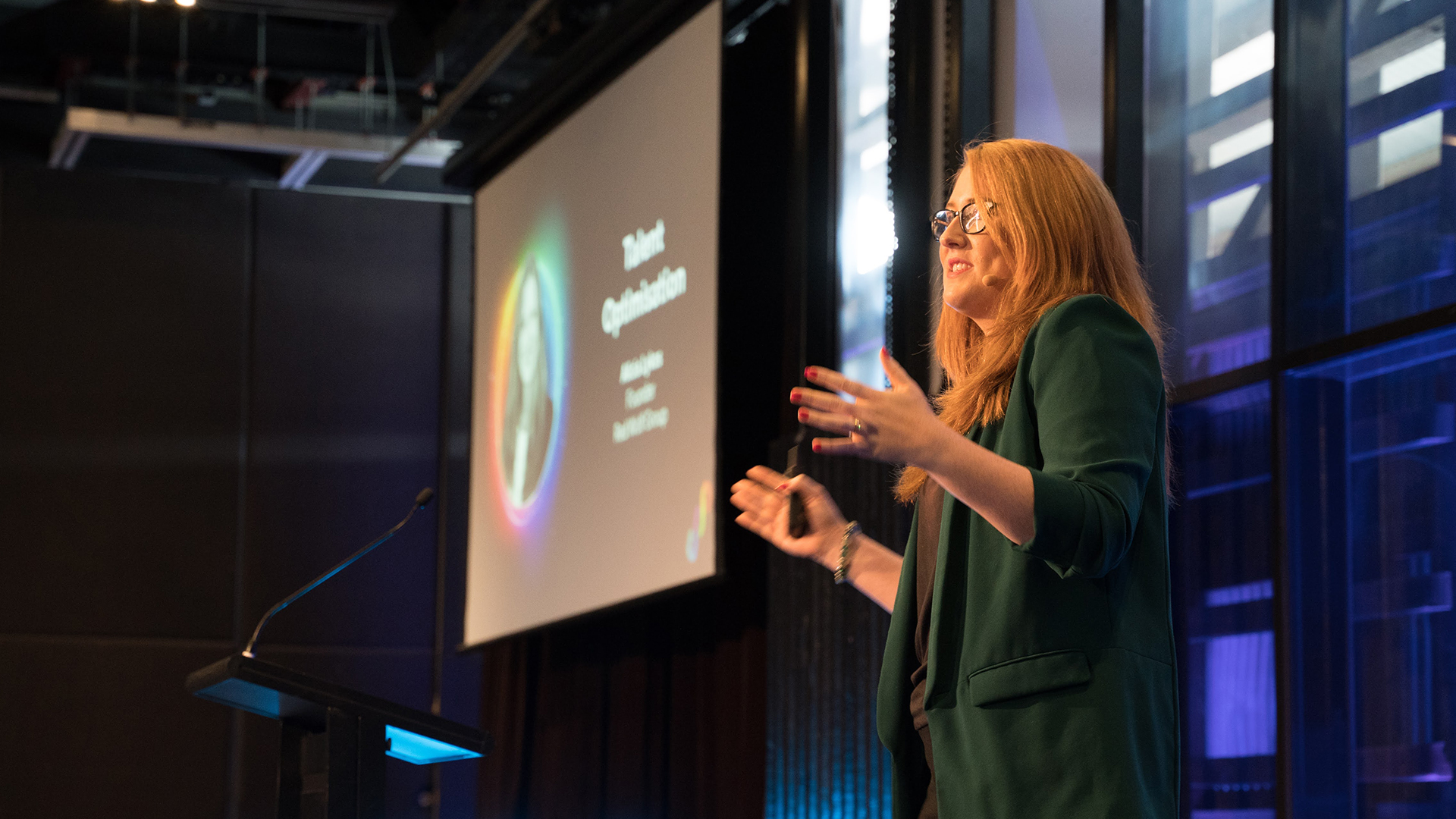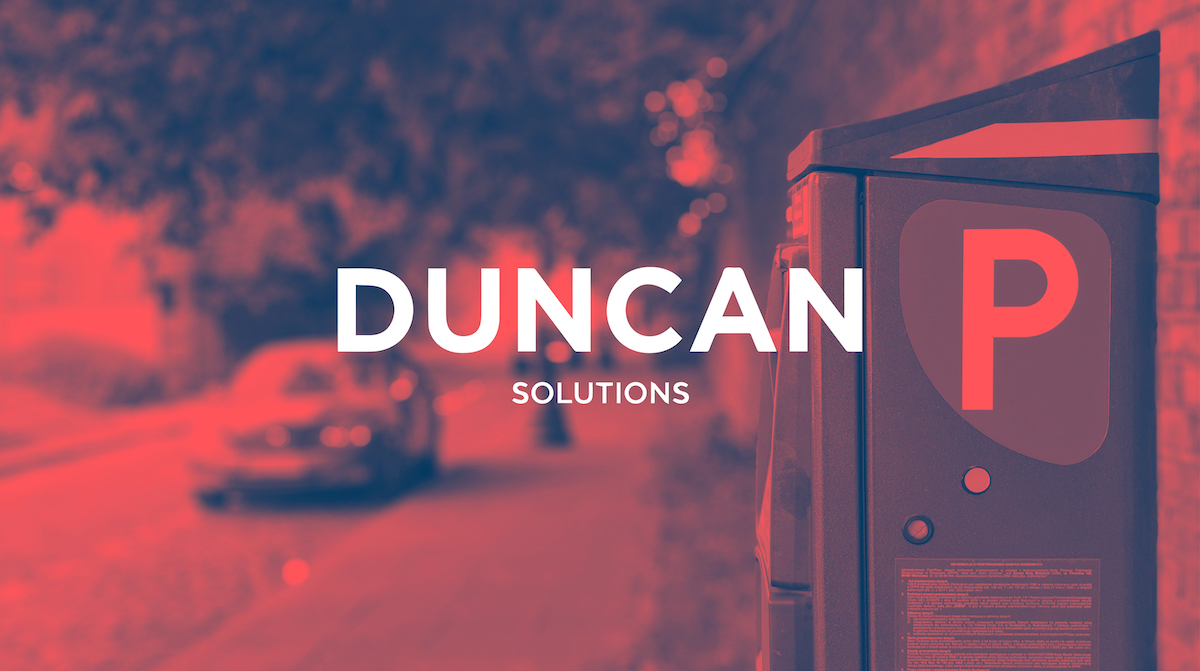While most companies like to think they have a good grip on how to keep employees engaged, i.e. having a ping-pong table or krispy-kreme Fridays, the fact of the matter is that very few of these efforts move the needle in increasing employee engagement and ultimately, their sense of fulfillment at work.
Although efforts have been made since the early 1920s to try and improve workplace performance, the problem is that there hasn’t been an existing framework that has worked consistently enough to be successful. This becomes a challenge when the goal of any aspiring business is simply to align their talent (everyone in the organisation) to their business strategy in order to achieve its goals.
Talent Optimisation comes in by filling in the chasm in between a business’ strategy and desired results. This framework not only ensures that businesses hire the right people, but more importantly, place each individual in the right roles designed for them, before even thinking about ways to inspire them–and it does it specifically in that order–because only then should a business diagnose and measure performance in order to improve. Better yet, its based on data and science rather than relying on our gut instinct.
By using tools from The Predictive Index and proactively incorporating Talent Optimisation, we’re now able to map out and predict performance by knowing how each person reacts to any situation and how they interact with others, all based on their behavioural drives.
So the question now becomes “Do we know if this role is suited for this person?” If you find yourself still charging a lot of these important talent decisions to your gut-instinct, it might be worth taking a step back to ask yourself “How do I lead my pack?”
Want to know how to lead your team and what motivates you at work? Take the FREE Behavioural Assessment today.


